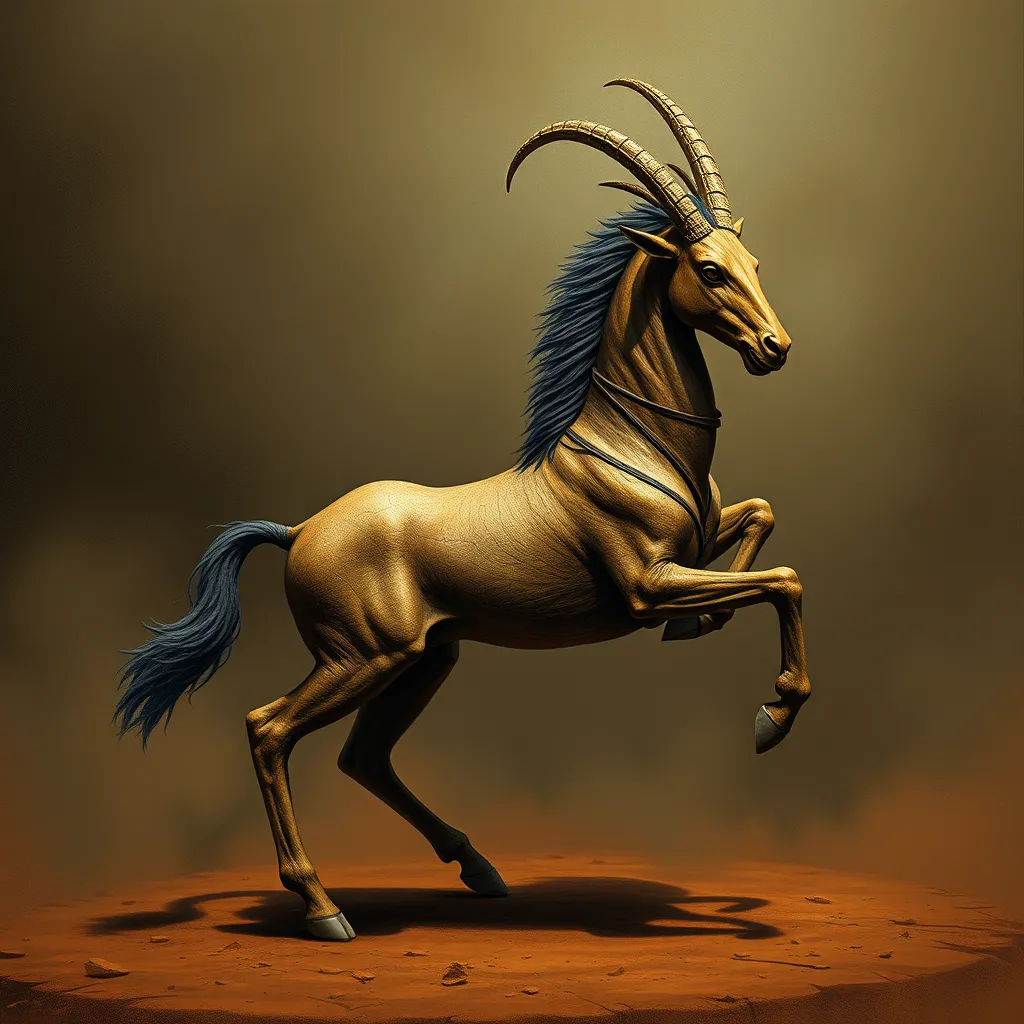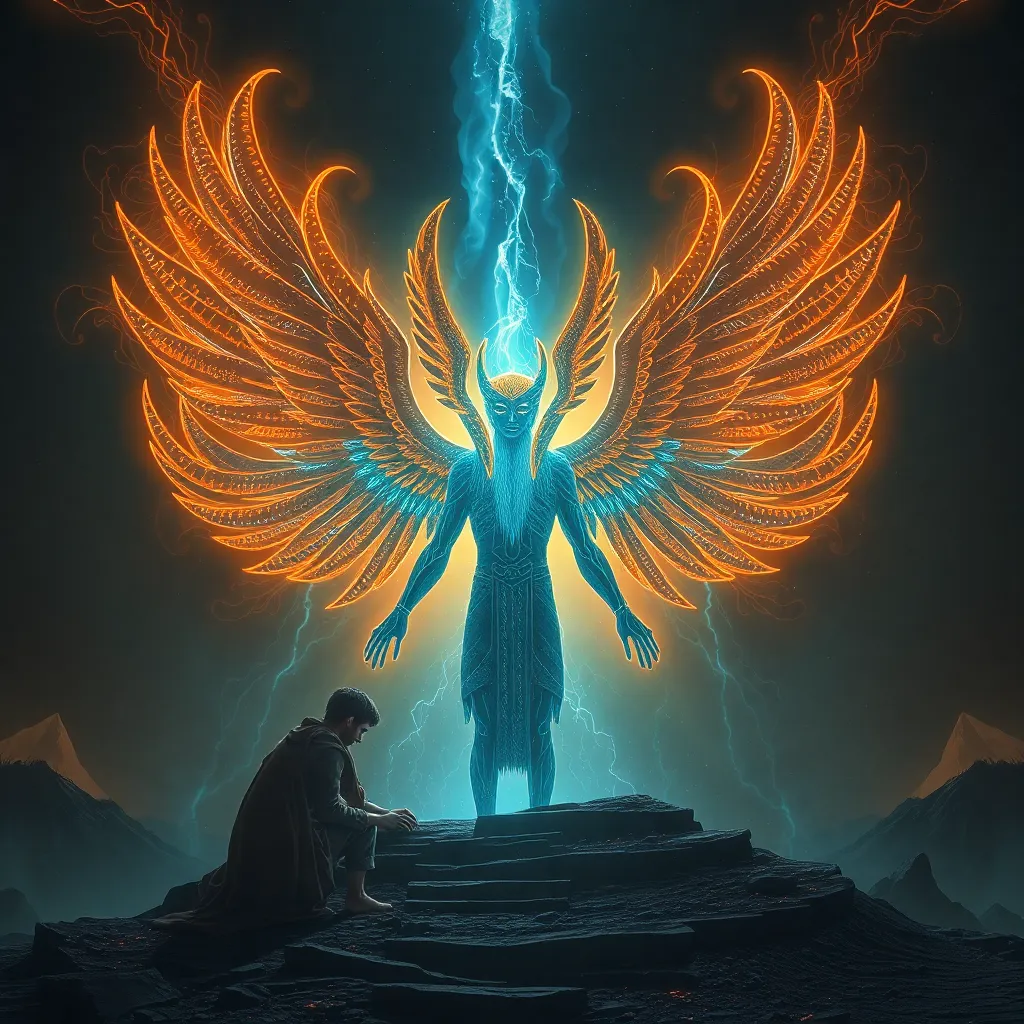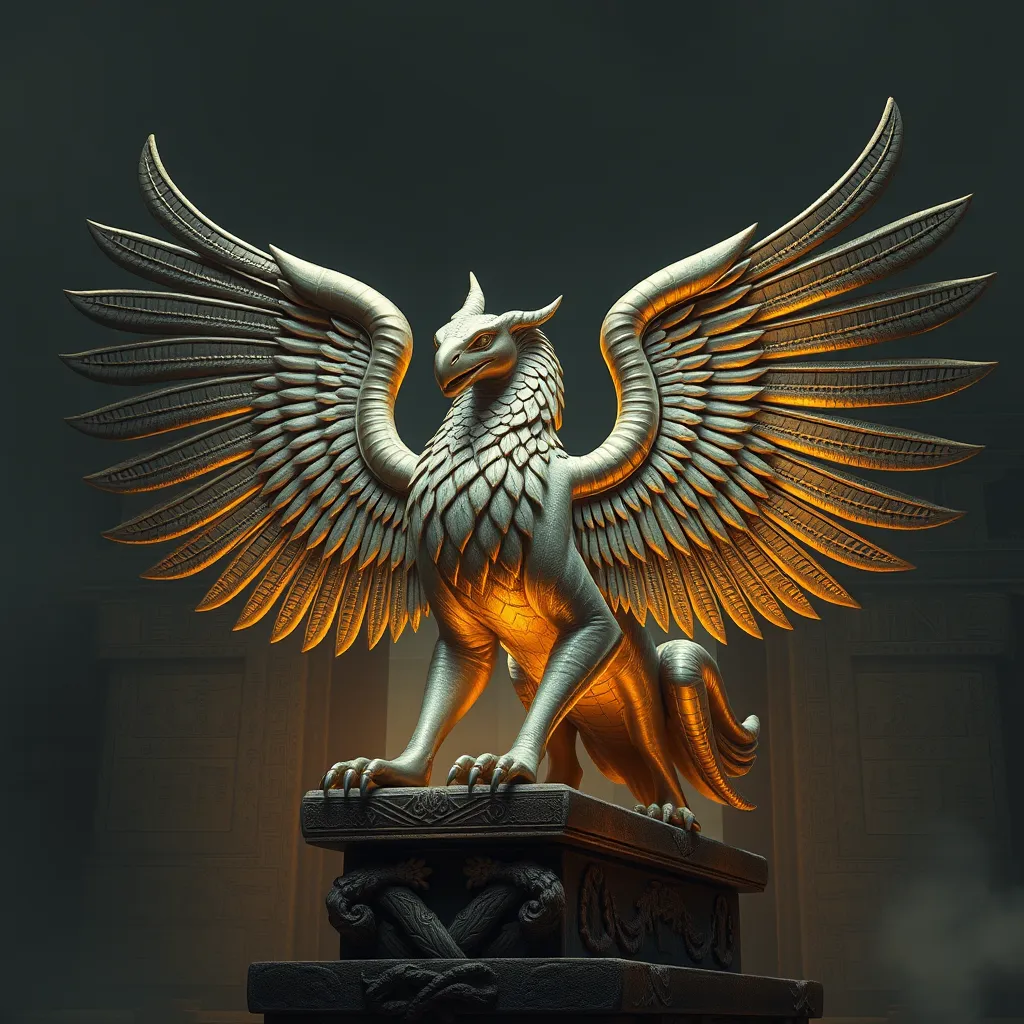The Centaur in African Mythology: The Centaur’s Presence in African Folklore and Myth
I. Introduction
A centaur is a mythological creature with the upper body of a human and the lower body of a horse, originating from Greek mythology. These hybrid beings represent a blend of different aspects of existence, often symbolizing the duality of nature and the integration of civilization with the wild. In African folklore, hybrid creatures hold significant importance as they embody various cultural values, beliefs, and moral lessons.
The purpose of this article is to explore the centaur’s presence in African mythology, examining how similar hybrid figures manifest in various African cultures, their roles in storytelling, and their broader implications within the rich tapestry of African folklore.
II. The Concept of Hybrid Beings in African Cultures
Hybrid beings are prevalent in African myths, often representing complex relationships between the human and animal worlds. Common themes include:
- Transformation: Many stories depict characters that undergo transformations into hybrid forms, symbolizing change and adaptability.
- Duality: Hybrid creatures often represent the coexistence of opposing forces, such as civilization vs. nature.
- Symbolic Meaning: They can embody human traits such as strength, wisdom, and agility, combined with animalistic traits.
Compared to the Greek centaur, which embodies both civilized and wild aspects, African hybrid figures often carry deeper cultural significances and are intertwined with moral lessons and societal values.
III. Regional Variations of Centaur-like Figures
Africa is a continent rich in diversity, with each region offering unique mythologies that feature centaur-like beings. Here’s an overview of how these figures vary across different African cultures:
A. Overview of different African regions and their mythologies
Each African region has its own set of myths and legends that feature hybrid beings. These include:
- West Africa
- East Africa
- Southern Africa
B. Examples of centaur-like beings in West African folklore
In West African mythology, creatures such as the Oro are often depicted as beings with human characteristics and animal traits. The Yoruba people, for example, tell stories of spirits that can take on animal forms while retaining human intellect and emotions.
C. Examining centaur-like figures in East and Southern African stories
In East Africa, the Mzee or wise elder often appears in tales, sometimes depicted as having animal features that symbolize wisdom and strength. Similarly, in Southern Africa, the Tokoloshe is a spirit that embodies various forms, including hybrid characteristics, representing mischief and the unpredictable nature of life.
IV. The Role of Centaur-like Figures in African Narratives
Centaur-like figures in African narratives serve multiple functions. They often act as:
- Teachers: Through their adventures, they impart wisdom and moral lessons.
- Bridges: They symbolize the connection between the human and the natural world, emphasizing the importance of harmony with nature.
- Agents of Change: Their dual nature often leads to transformative experiences for the protagonists in the stories.
The lessons associated with these characters frequently revolve around themes of respect for nature, the consequences of one’s actions, and the balance between the human and animal worlds.
V. Centaur-like Creatures in African Art and Literature
The representation of hybrid creatures is prevalent in traditional African art, where they often symbolize the interconnectedness of life. Artistic depictions can be found in:
- Sculptures: Many sculptures feature hybrid beings that embody cultural beliefs.
- Textiles: Patterns on textiles often depict stories of hybrid creatures.
- Masks: Masks used in traditional ceremonies frequently represent these beings.
Contemporary African literature has also drawn from the rich heritage of hybrid beings, with authors using centaur-like characters to explore themes of identity, transformation, and cultural heritage. Notable works include:
- The Hairdresser of Harare by Tendai Huchu
- We Need New Names by NoViolet Bulawayo
VI. Comparative Analysis: Centaurs in African Mythology vs. Other Cultures
When comparing centaurs in African mythology with those in Greek mythology, several similarities and differences emerge.
A. Similarities with centaurs in Greek mythology
Both cultures depict hybrid beings that embody duality and complexity, representing the struggle between civilization and the wild. They often serve as symbols of strength, wisdom, and the blending of different worlds.
B. Differences in symbolism and cultural significance
While Greek centaurs often embody chaos and the conflict between nature and civilization, African hybrid beings more commonly symbolize unity, wisdom, and the importance of coexistence with nature. They are often seen as guardians or teachers rather than mere chaotic entities.
C. Broader implications of centaur myths across cultures
The presence of centaur-like figures across various cultures highlights a universal fascination with hybridity and the complex relationships between humans and nature, revealing deeper insights into societal values and beliefs.
VII. The Evolution of the Centaur Figure in African Context
The concept of centaur-like figures has evolved over time, influenced by historical events and cultural changes.
A. Historical origins and adaptations over time
The origins of hybrid beings can be traced back to ancient traditions, where they were often seen as protectors of nature and wisdom. Over time, their representations have adapted to reflect contemporary issues.
B. The impact of colonialism and globalization on the portrayal of centaurs
Colonialism introduced new narratives that sometimes overshadowed traditional beliefs, leading to a re-evaluation of hybrid figures within African societies. Globalization has also facilitated the blending of different mythologies, enriching the understanding of these creatures.
C. Modern interpretations and relevance in contemporary African society
Today, centaur-like figures continue to resonate in African literature and art, often serving as symbols of resilience, identity, and cultural pride amidst globalization and change.
VIII. Conclusion
In summary, the presence of centaur-like figures in African mythology reflects a rich tradition of storytelling that emphasizes the interconnectedness of humanity and nature. These hybrid beings serve as vital symbols in cultural narratives, illustrating important lessons and values.
Understanding these figures is crucial for appreciating the depth of African folklore and its role in shaping cultural identities. Further research into the evolution and significance of hybrid figures will continue to shed light on their relevance in modern society, ensuring that these fascinating creatures remain a vital part of African heritage.



